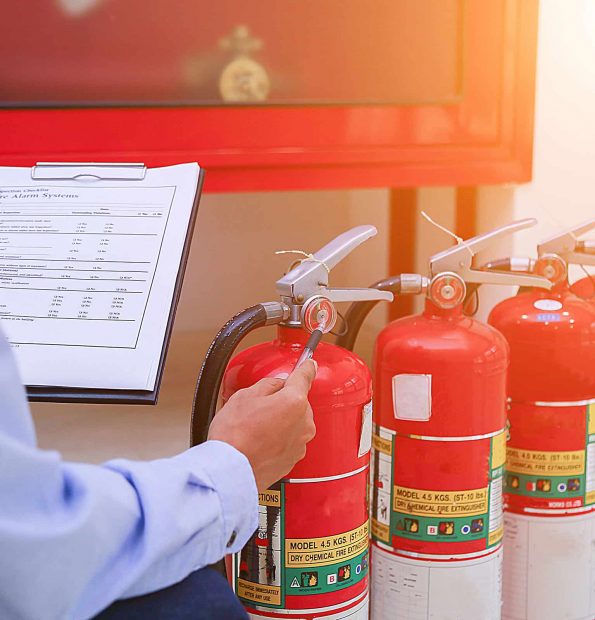Sydney fire safety is more than just checking off boxes. At the core of the program is the Annual Fire Safety Statement (AFSS), a document that not only satisfies legal requirements but also demonstrates the building owner’s dedication to safety and accountability. The annual Fire Safety Statement (AFSS) is the heart of the system. It does not only meet legal requirements, it also shows a building owner’s commitment to safety and responsibility.
Why the Annual Fire Safety Statement is Required?
The Annual fire safety statement Sydney requirement was never designed to be paperwork for the sake of paperwork. It was created to ensure that fire protection systems regardless of how well designed, only work when they are tested, maintained and inspected on a regularly. Sprinklers installed ten or more years ago may appear nice however they won’t work in an urgent situation when they’re not inspected.

The AFSS requires that property owners demonstrate annually, every twelve months that all fire safety security measures on their property, from alarms, hydrants and lighting at the exits — still meet the requirements originally laid out by the Building Code of Australia (BCA). It’s not just an inspection. It is a declaration to the public that lives are safeguarded and that the building is able to withstand a critical incident.
The difference between AFSS Certificates and Fire Safety Certificates
Owners often mix up owners often confuse the Fire Safety Certificate with the annual report, however the two certificates serve different objectives. The certificate is issued once the installation of a new system takes place or after major improvements are made. It is a confirmation that the new measures are compliant with regulations before the building can be used or being rented. The AFSS, on the other on the other hand, is later. The AFSS will have a obligation to show that the systems that are in use meet the requirements each year after installation.
Taken together, they create the cycle of security: Certificates confirm that safety systems are installed correctly as well as annual audits to ensure that these systems are properly maintained throughout the duration of the building’s existence. Missing either step weakens the entire chain of protection.
The responsibility of the building owner
The AFSS in New South Wales has a distinctive feature that places the entire responsibility for this process onto the homeowner. Contrary to other forms of compliance where deficiencies can be categorized as minor or major, the AFSS system does not permit this kind of classification. If even one measure fails, the entire statement cannot be validly issued.
This means owners must take the initiative. The owners must meet the strict deadlines to schedule inspections, engaging certified practitioners in arranging repairs, and submitting documents to the council. This requires coordination between tenants, contractors and insurers for commercial landlords and strata comittees. Although it’s a bit challenging, the system was created to ensure security will never be affected.
The broader impact of AFSS in Sydney
The AFSS extends beyond the legal requirements. Tenants frequently inquire about the current safety statements of a building in deciding if they wish to lease the space, and insurance companies often require a copy before finalizing coverage. A current Annual fire safety statement can therefore influence property value as well as tenant confidence and even insurance premiums.
Councils can rest assured that the thousands of Sydney buildings are constantly monitored. Fire authorities will be able to reduce risks by ensuring that the systems operate in actual emergencies. The AFSS doesn’t just safeguard specific buildings, but makes a safer city.
Conclusion: AFSS As a Standard of Trust
It may appear as an administrative burden, but the annual Fire Safety Statement Sydney is actually an assurance standard. The declaration demonstrates that the safety of fire isn’t a matter of the chance. It demonstrates the reliability of equipment, and that those who own the building are responsible to ensure the security of their inhabitants. If it is paired with the Fire Safety Certificate, it is a complete system that demonstrates both the installation and the continual performance of crucial security measures.
The message for property owners is evident: AFSS is much more than just a date. It’s a pledge to security, accountability, and community confidence. This commitment makes the AFSS so valuable in Sydney’s fast-growing urban landscape, where thousands rely upon safe and sound construction.